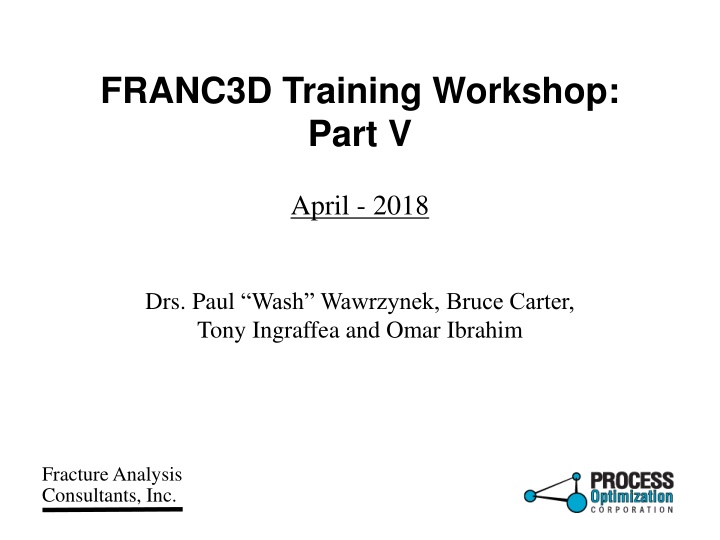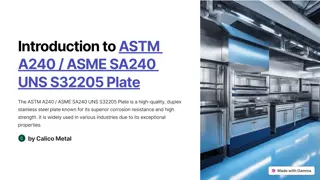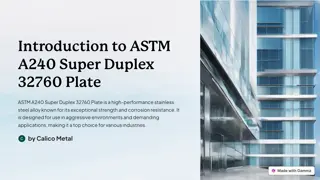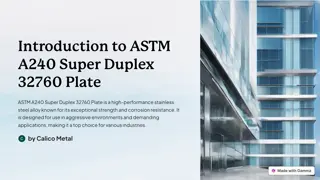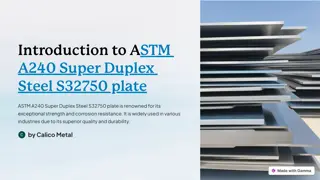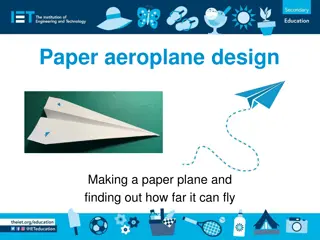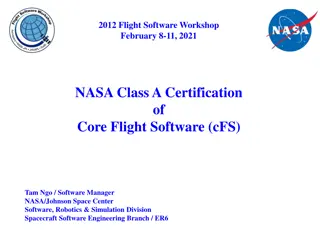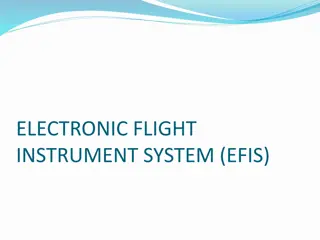Electronic Data Sheets - Core Flight System Workshop Summary
This summary highlights the importance of Electronic Data Sheets (EDS) in defining software and hardware interfaces for components used in space applications. It covers the origin, goals, and standards related to EDS, focusing on standardization efforts by organizations like CCSDS. The document discusses layers of EDS and their role in system integration and automation.
Download Presentation

Please find below an Image/Link to download the presentation.
The content on the website is provided AS IS for your information and personal use only. It may not be sold, licensed, or shared on other websites without obtaining consent from the author.If you encounter any issues during the download, it is possible that the publisher has removed the file from their server.
You are allowed to download the files provided on this website for personal or commercial use, subject to the condition that they are used lawfully. All files are the property of their respective owners.
The content on the website is provided AS IS for your information and personal use only. It may not be sold, licensed, or shared on other websites without obtaining consent from the author.
E N D
Presentation Transcript
FRANC3D Training Workshop: Part V April - 2018 Drs. Paul Wash Wawrzynek, Bruce Carter, Tony Ingraffea and Omar Ibrahim Fracture Analysis Consultants, Inc.
Workshop Agenda Part I: Introduction to Fracture Mechanics Analysis Part II: Introduction to FRANC3D Part III: Finite Element (FE) Model Import Part IV: Crack Insertion Part V: Static Crack Analysis & SIF Computation Part VI: SIFs from FE Analysis Part VII: Crack Growth Part VIII: Multiple/Variable DOF Approach to Fatigue Life Part IX: SIF History & Fatigue Life Part X: FRANC3D Files, Session Log, Command Line and Python Interface Part XI: Miscellaneous 2 Part V
Static Crack Analysis Perform FE analysis of current crack configuration Static analysis vs automated crack growth analysis: Verify boundary conditions and other data transferred correctly Determine suitable crack growth increment and crack front fitting parameters FE analysis code on a different computer 3 Part V
Static Crack Analysis Do not overwrite Do not overwrite initial uncracked initial uncracked FE files. FE files. Enter file name for current crack configuration: 4 Part V
Static Crack Analysis ANSYS executable and license should be pre-set using Edit Edit - Preferences Preferences. Connect to global is set if the user imports and divides or imports an already-divided model. Write files but Do Not run if you need to run analysis on a different computer. 5 Part V
Demo/Hands On: Static Crack Analysis www.fracanalysis.com/pdfs/FRANC3D V7.1 ABAQUS Tutorial.pdf www.fracanalysis.com/pdfs/FRANC3D V7.1 ANSYS Tutorial.pdf www.fracanalysis.com/pdfs/FRANC3D V7.1 NASTRAN Tutorial.pdf See Tutorial #1 6 Part V
Compute SIFs 7 Part V
Computing SIFs M-Integral is the default method Thermal and crack face traction terms will be checked if needed (see Advanced Displacement correlation can be used to verify the M-integral extra terms are included correctly Virtual Crack Closure added for cracks in bi-material interfaces Advanced) Plot SIF modes. Export SIF data. Switch between load steps, crack fronts, and steps of growth. 8 Part V
SIF Computation from FE Analysis Explained Next 9 Part V
